Slipping Into Darkness
In which Norm finally gets to spin up the Imprint limited editions of Luca Guadagnino's SUSPIRIA and Daniel Myrick and Eduardo Sánchez’ THE BLAIR WITCH PROJECT.
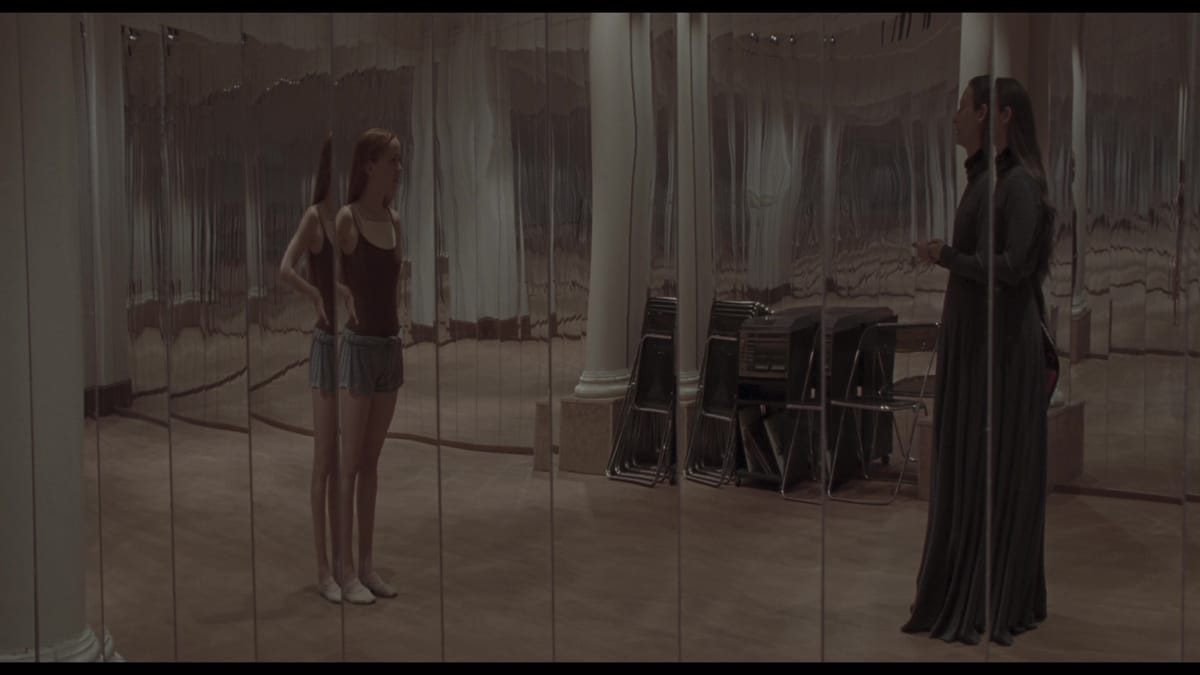
Canada Post update: The mail delayed by the Christmastime strike is still trickling in, if you were wondering. In addition to far too many New Yorkers, they’ve finally gotten around to the packages, meaning Via Vision’s November parcel finally reached me after two months in transit. If I’m being honest, I didn’t think I’d ever see it; tempers run high during strike actions, and nothing makes a better projectile than a football-sized cardboard box.
I am, perhaps, too cynical. Those luxe Imprint sets of The Blair Witch Project Collection and Luca Guadagnino’s Suspiria arrived intact and unblemished just the other day, offering me a very nice distraction from the real-life horrors unfolding in every direction.
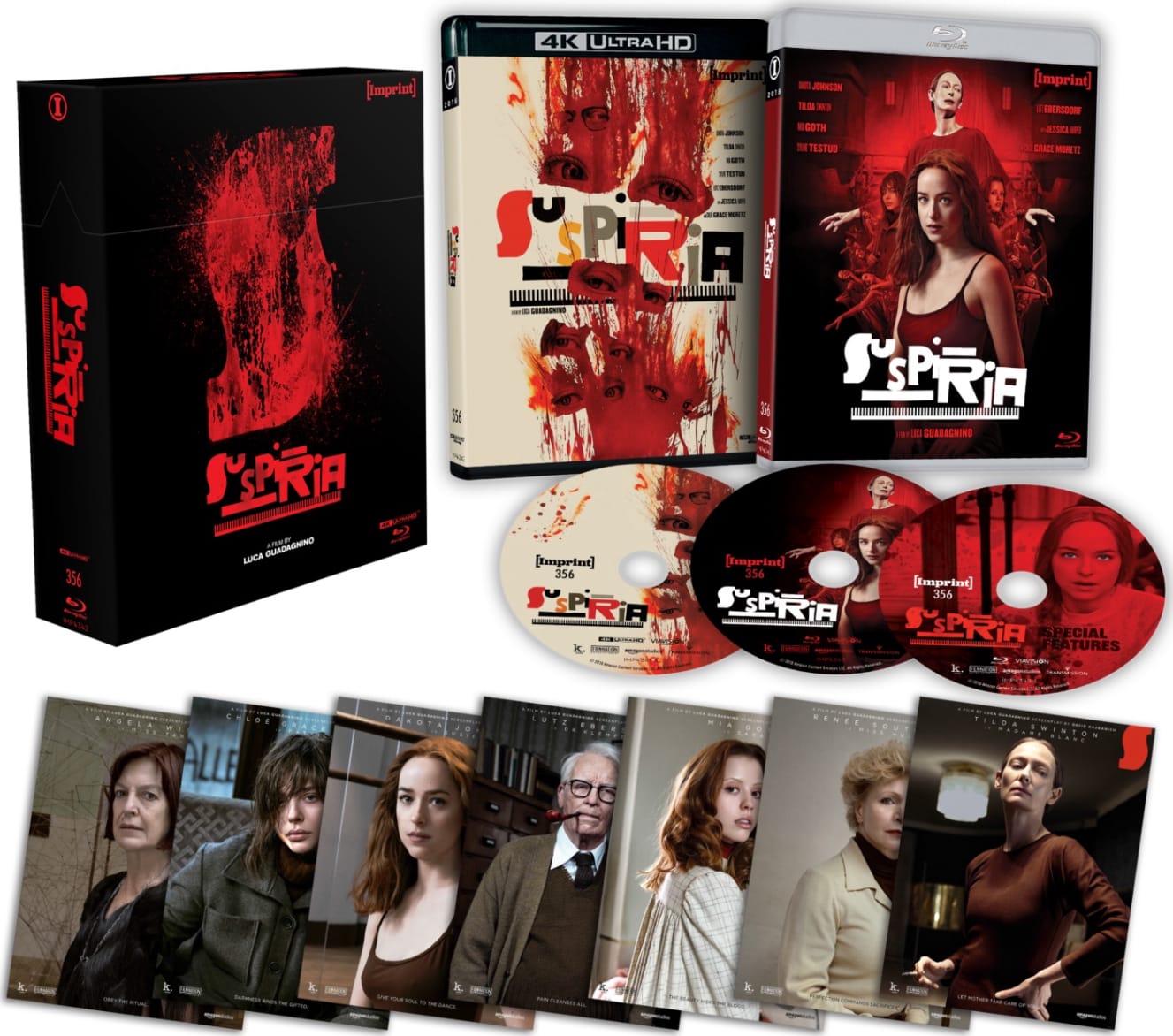
I’ll be straight with you: I still don’t care for Suspiria. I don’t think Guadagnino’s remake improves upon or even understands Dario Argento’s masterpiece, which is sort of an insurmountable problem. Argento’s film is an adrenalized, breathless nightmare, trapping us with Jessica Harper’s Suzy Bannion in a German dance academy infested by malevolent witches. It’s a brightly colored rollercoaster freakout, and I love it to pieces; nearly half a century later, its atmosphere and mise-en-scene remain unparallelled.
Guadagnino and his frequent screenwriter David Kajganich* chose a different path, which I would respect if it had worked. Their Suspiria is downright meditative – a slow, deliberate reinterpretation of Argento’s film through the lens of the era in which it was made, when West Germany was a partitioned nation enduring the terrors of the Red Army Faction and the Baader-Meinhof gang.
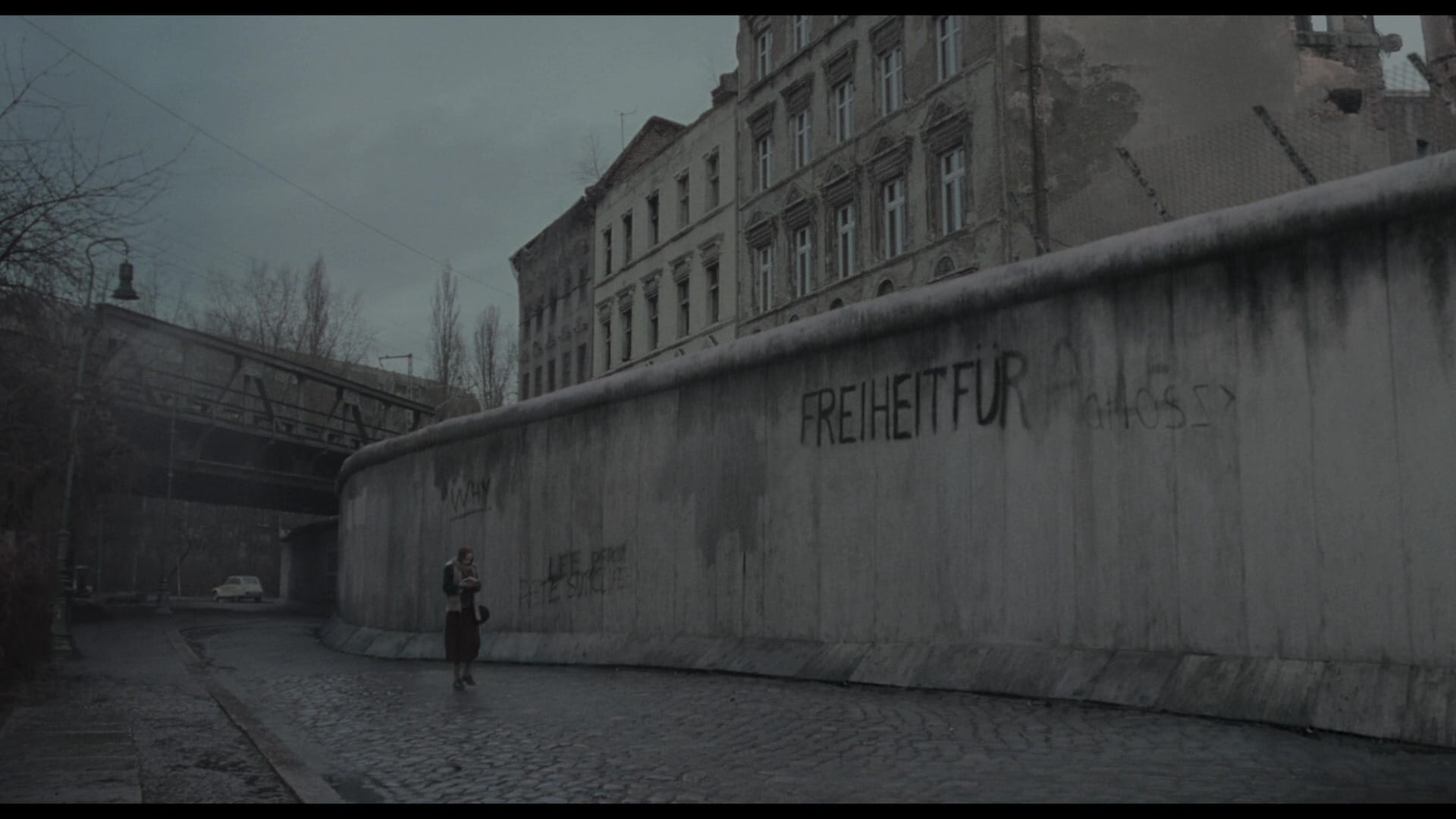
I would wager that Argento didn’t include any of this stuff because he wanted to make a film that would outlast the political moment, and also because he inherently understood that conventional terrorism has no place in a world where people can do violence by casting spells and laying curses.
We are immediately made aware of the nature of Tanz Academy’s faculty: They are all of them witches, as the saying goes, and Suzy (Dakota Johnson) is their newest pupil in more ways than one. It’s the first divergence from Argento’s structure, telling us Guadagnino isn’t interested in the confused miasma of the original script. This version plants us firmly within the Tanz culture, where membership in a coven involves endless arguments over the org chart, and where the overworked Madame Blanc (Tilda Swinton) has worry about internal challenges to her leadership while also pursuing supreme power over all flesh. Suzy never has a chance, really.
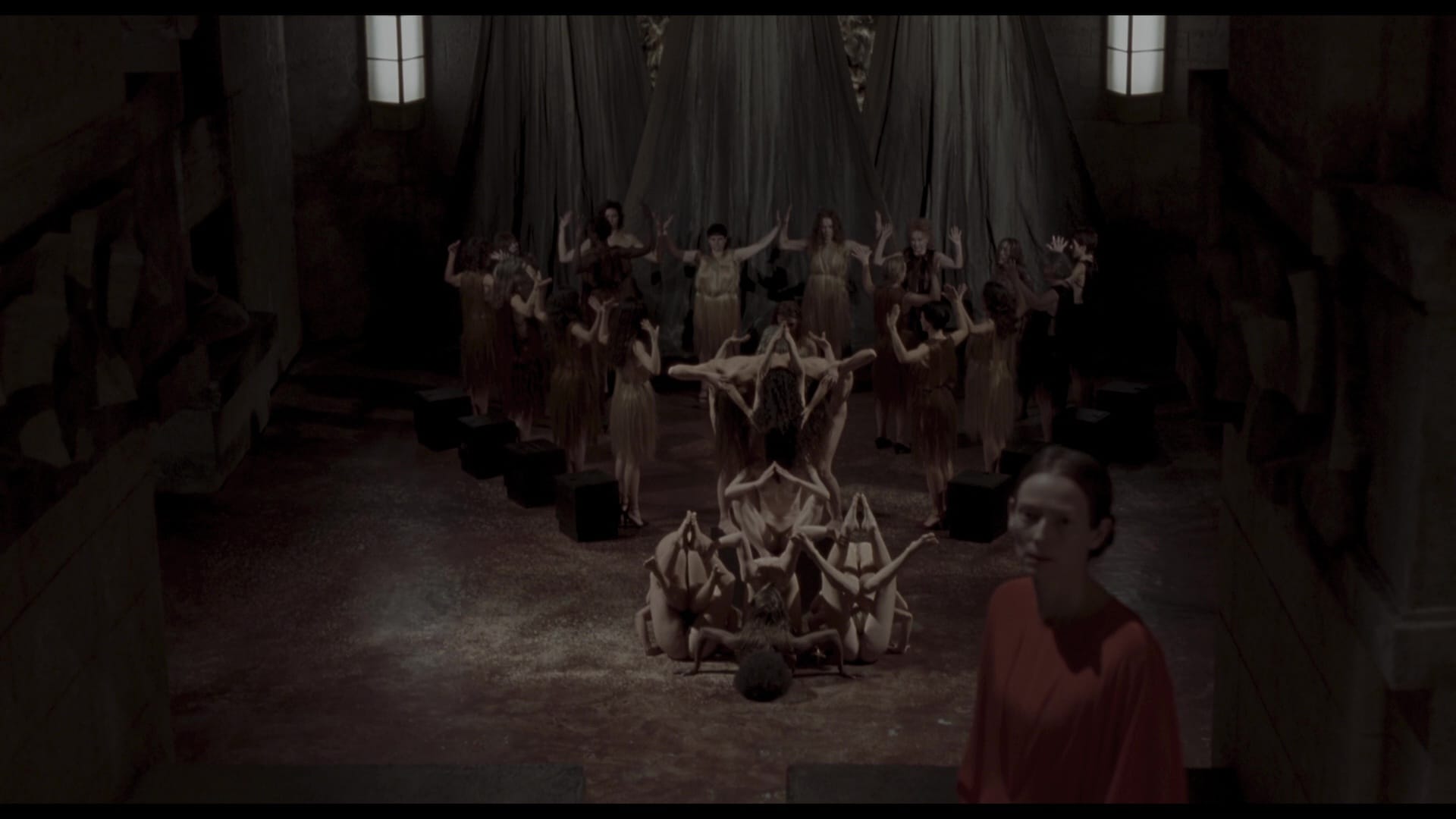
It should have been a lot more electric to see Johnson and Swinton – who were both so alive in their last outing with Guadagnino, A Bigger Splash – back together again, but Suspiria plays out in such a muted key that there’s no chance for even modest fireworks. Suzy and Blanc spend the whole picture sizing one another up while wilder things happen to the unlucky folks around them. There’s a structural reason for this, tied to flashbacks of a younger Suzy back home in America, but it’s not ultimately as interesting as it needs to be.
Neither, for that matter, are the long scenes with a therapist named Josef Klemperer, who has become convinced the Tanz faculty had something to do with the disappearance of Suzy’s predecessor (Chloë Grace Moretz). Klemperer’s investigation will lead him to revelations of his own, and those revelations are also not terribly interesting because we’ve had enough time to figure them out for ourselves. After all, what is the most obvious thing that could be haunting the people of Berlin in the year of our Lord 1977?
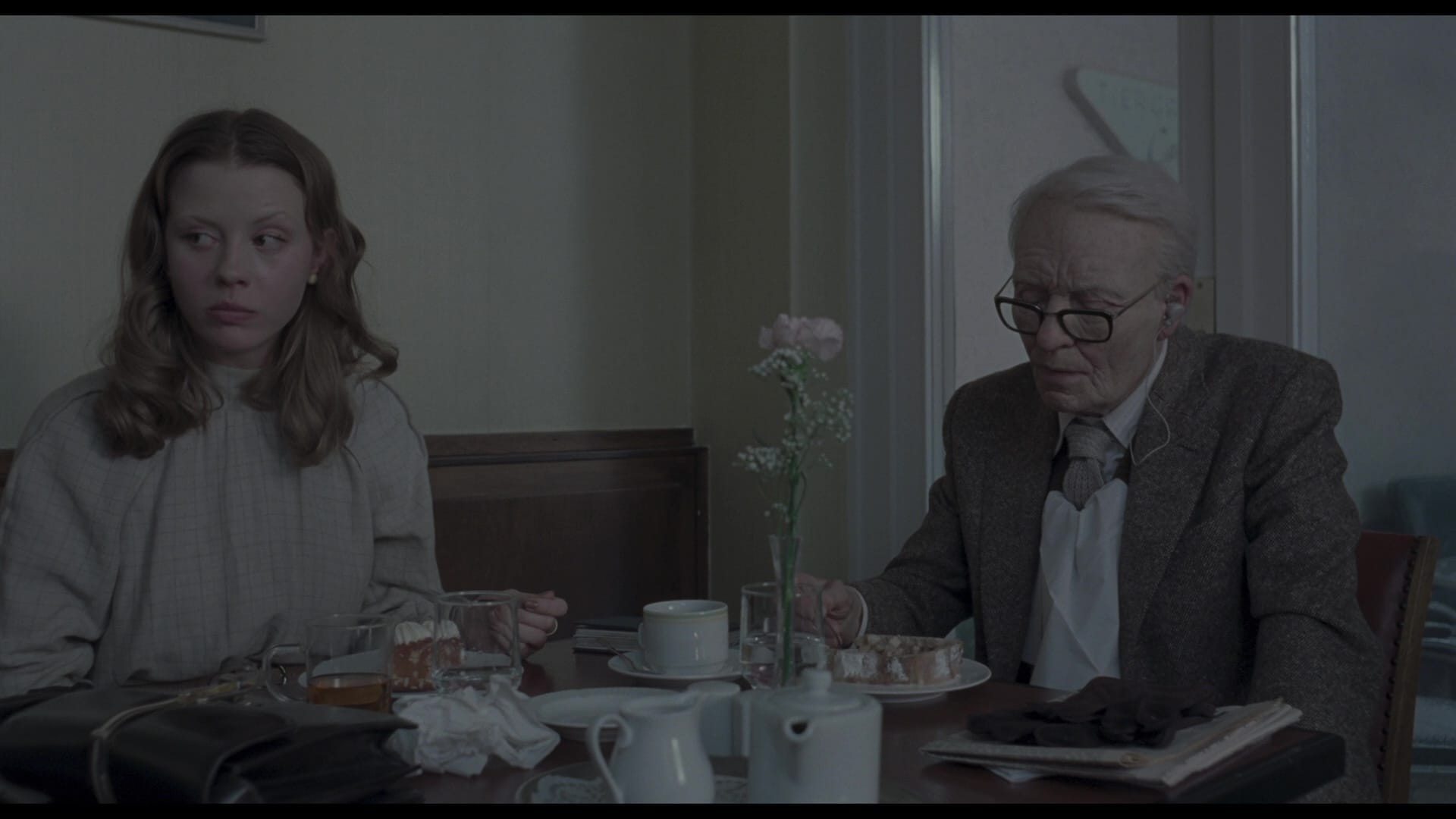
Oh, right: Although “Lutz Ebersdorf” is credited as Klemperer, the role is actually played by Tilda Swinton in heavy makeup that makes her look like the aged David Bowie in The Hunger, which I think is someone’s idea of a meta joke. Points to Guadagnino for casting a woman in his film’s most prominent male role, I guess … but it’s a role that doesn’t need to exist, since Klemperer has almost no effect on the narrative. In the end it’s just a stunt that pads out the running time of an already self-indulgent film.
It's possible that I was never going to connect to this Suspiria precisely because Argento’s original holds such a place in my heart – I admit it, I recoiled at the running time when I first heard it – but given how little traction the film has achieved in the years since its release, I don’t think I’m the problem here. I do know that it has its fans, though, and they’re going to be very happy with the special edition Via Vision has assembled here.
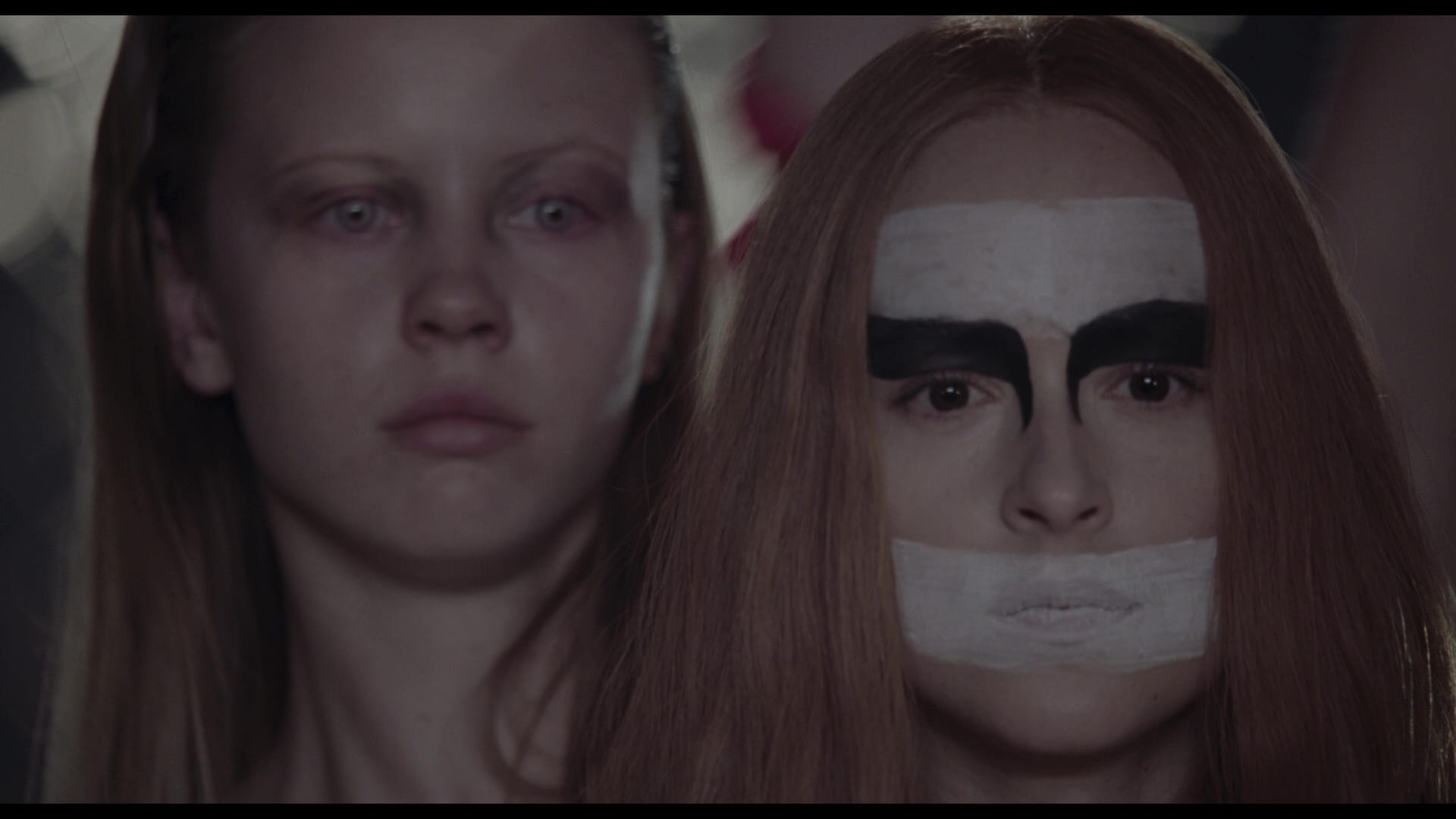
The three-disc Suspiria set – packaged in Imprint’s signature hardbox case – offers the feature in 4K and Blu-ray (each with Dolby Atmos and DTS-HD 5.1 audio options, and a new audio commentary by academic Miranda Corcoran) with a bonus BD of special features. The brief featurettes produced for the earlier Lionsgate Blu-ray accompany the feature; the deeper stuff awaits on the second platter.
Newly commissioned extras include an interview with editor Walter Fasano and three video essays: Davide Pulici’s “Of Witches, Mothers and Death” (in Italian!), Alexandra Heller-Nicholas’ “Suspiria’s Three Fathers: Argento, Fassbinder, Guadagnino” and Phillip Jeffries’ “Thom Yorke’s Spells: The Music of Suspiria”, all of which offer interesting assessments of Guadagnino’s choices and the way his film is locked in a duet with Argento’s original no matter what he does differently.
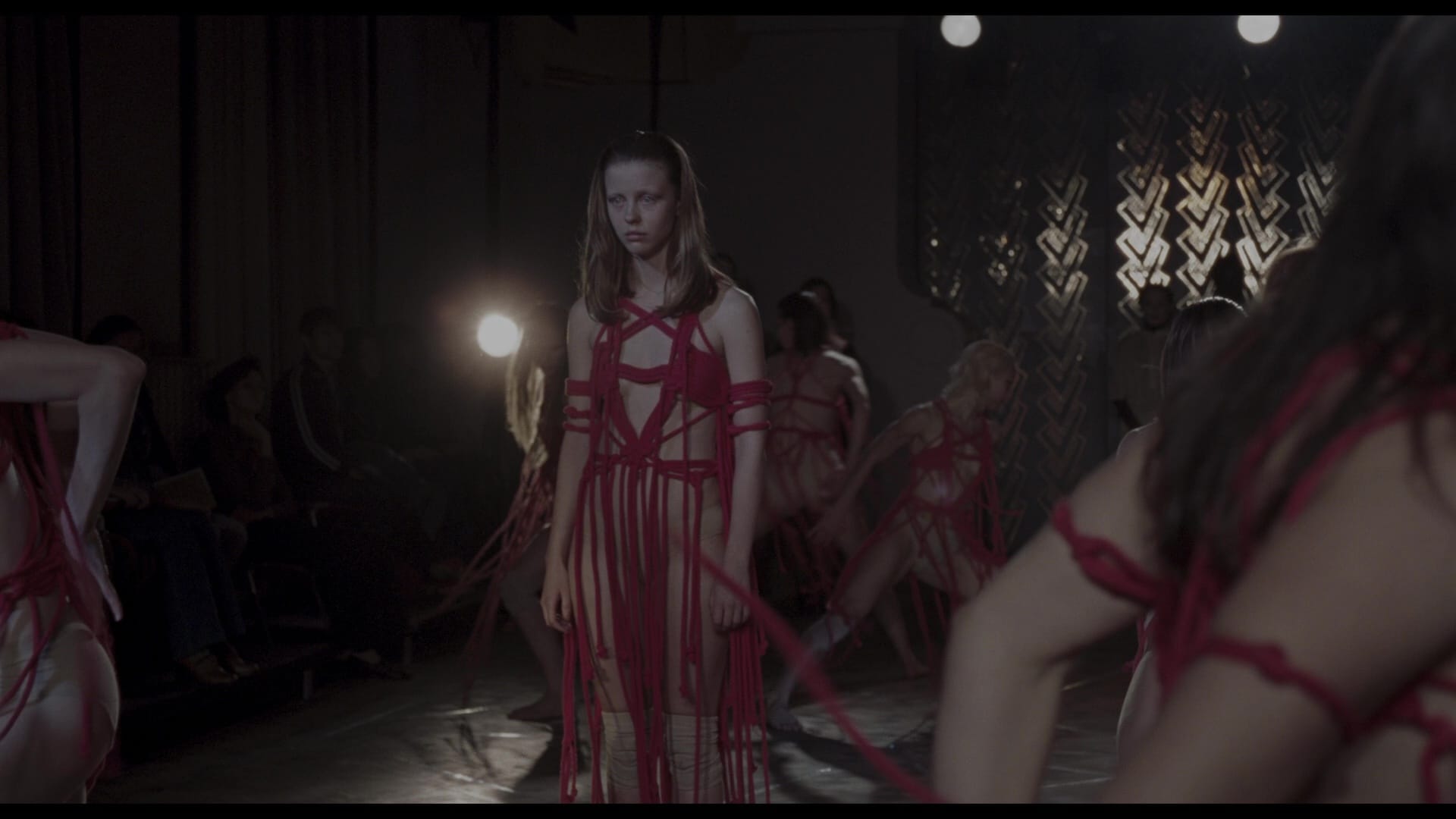
Additional extras include about 40 minutes of EPK interviews with Guadagnino, Yorke and the cast, a recording of Guadagnino in conversation with Briony Hanson, the British Council’s Director of Film, for the 2018 BAFTA Guru Masterclass, and a ten-minute panel with Guadagnino and the cast recorded after an awards-season screening. If you like the movie more than I do, this is a pretty great package. It even comes with art cards!
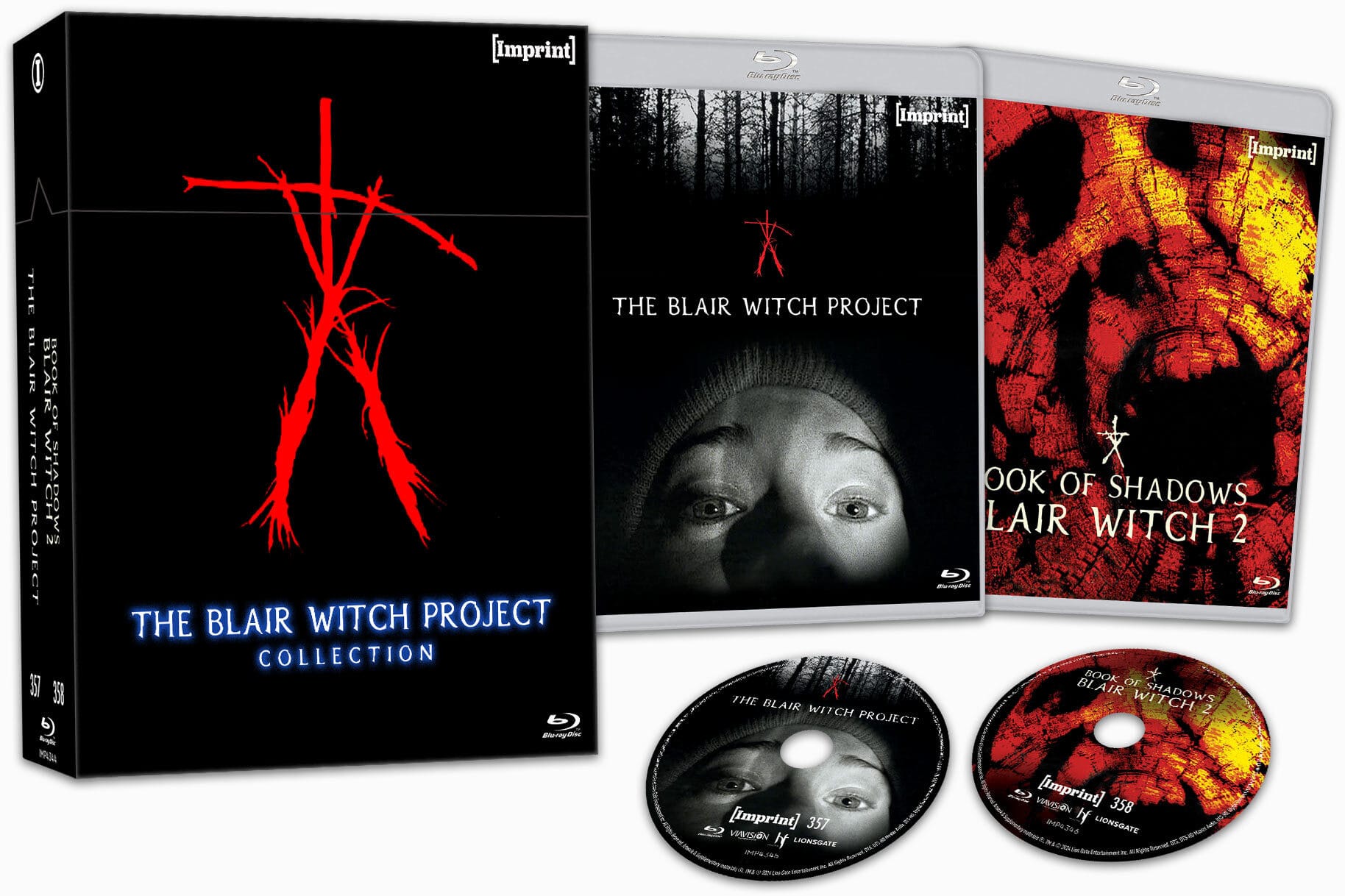
You know what I do like, though? The Blair Witch Project. A quarter-century later, Daniel Myrick and Eduardo Sánchez’ found-footage horror movie remains an absolute wringer of a picture, a film suffused with dread and terror from the first frame to the last.
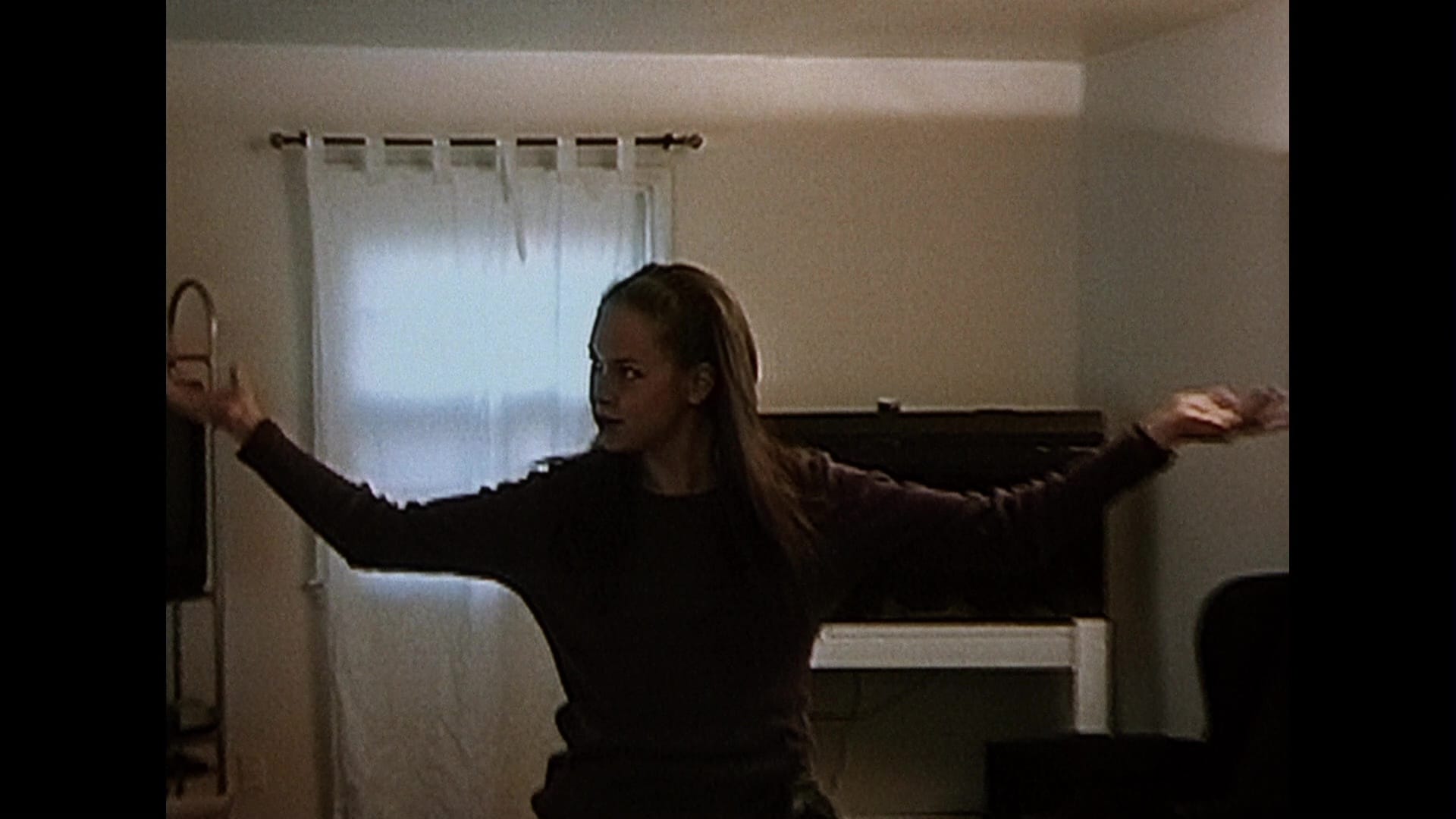
We know from the opening super (“A year later their footage was found”) that Heather Donahue, Mike Williams and Joshua Leonard are going to die; by letting us see them goofing around at Heather's place doing Homer Simpson impressions, they become immediately relatable people – kids – rather than game pieces. They’re film students who’ve grown up on horror movies and giggle about the possibility of seeing something really scary. They’re us, and they’re doomed.
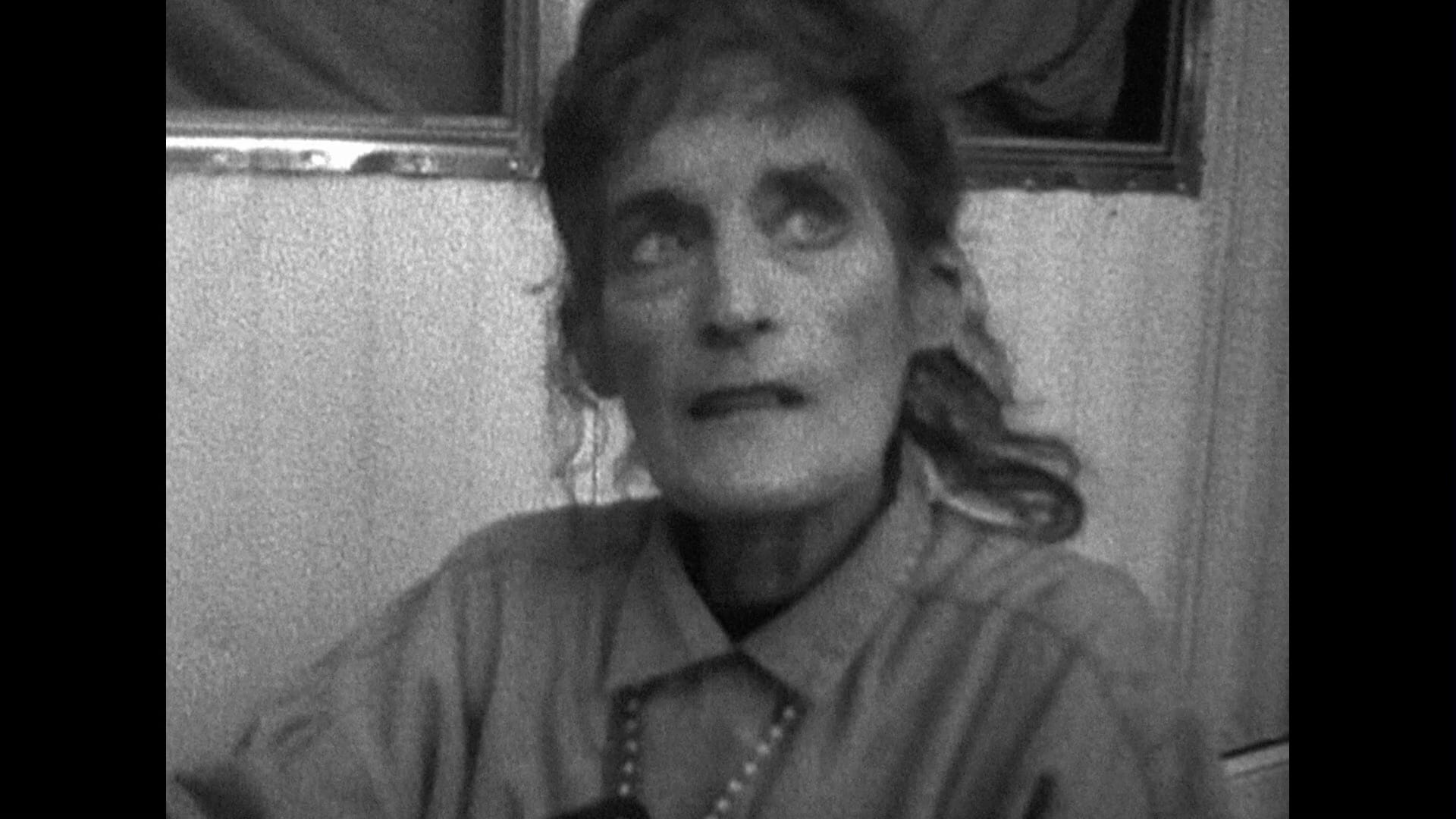
Even the initial interviews with the people of Burkittsville – every one of whom relates a horror story that Heather, Mike and Josh are too distracted to actually hear – work to frame the movie as a tragedy in the making, rather than a fun adventure. About fifteen minutes in, our crew charges excitedly into the forest, and we go along with them.
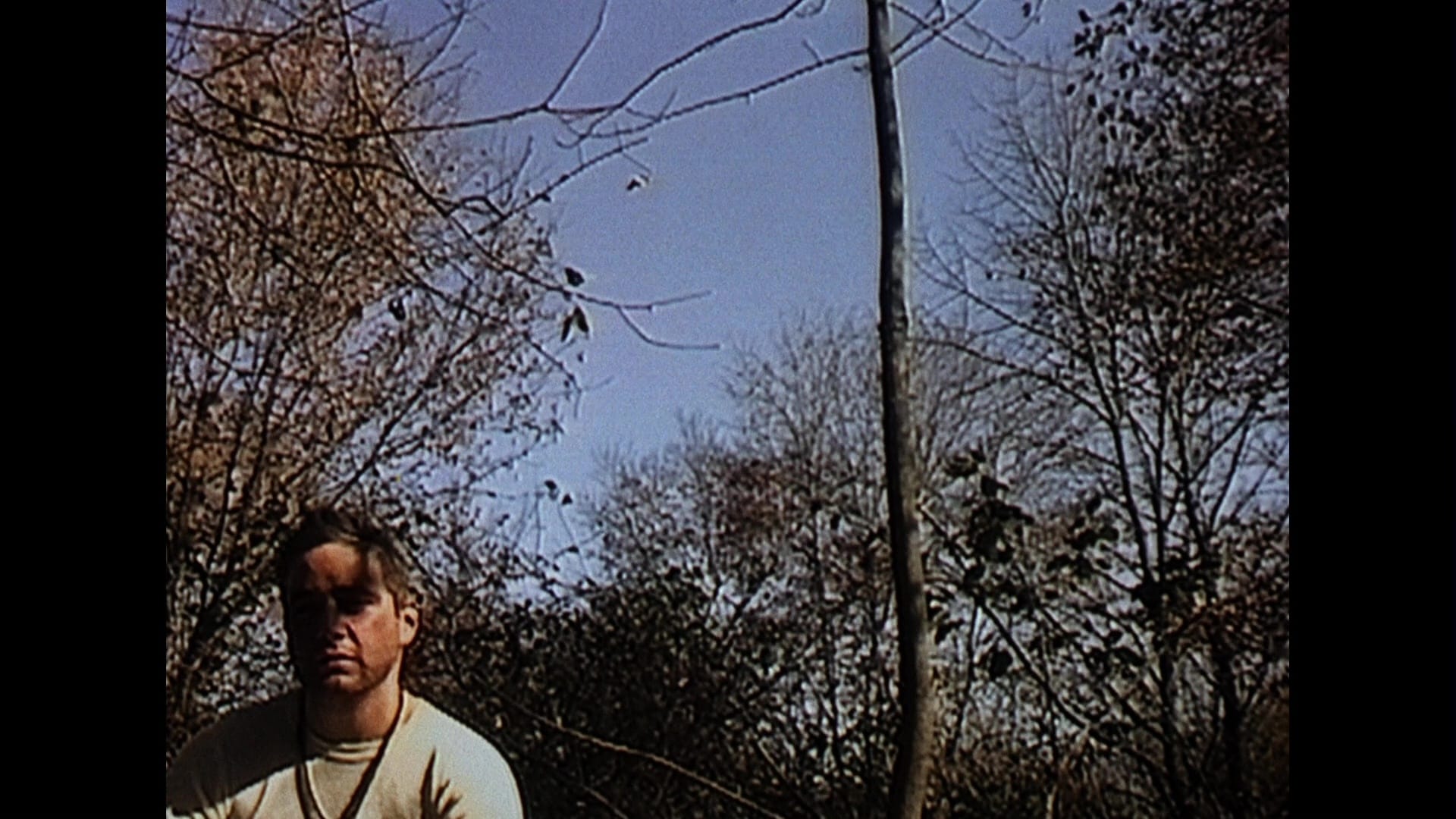
There are no real shocks in The Blair Witch Project, just creepy noises and weird sculptures and people being startled in the dark. And that’s fine. Myrick and Sánchez are determined to unsettle us with pacing, heightening Heather’s panic, Mike’s touchiness and Josh’s confusion over the course of their ordeal. What strikes me now about the original film, and which none of its imitators or knockoffs understood, is how well-structured it is, building tides of terror that crest each night and recede every morning, when the sun comes back and they all feel silly for panicking. Except that they still can’t find their way out of the forest, and there’s less food than there was before, and there are more of those weird little stick men hanging from the trees.
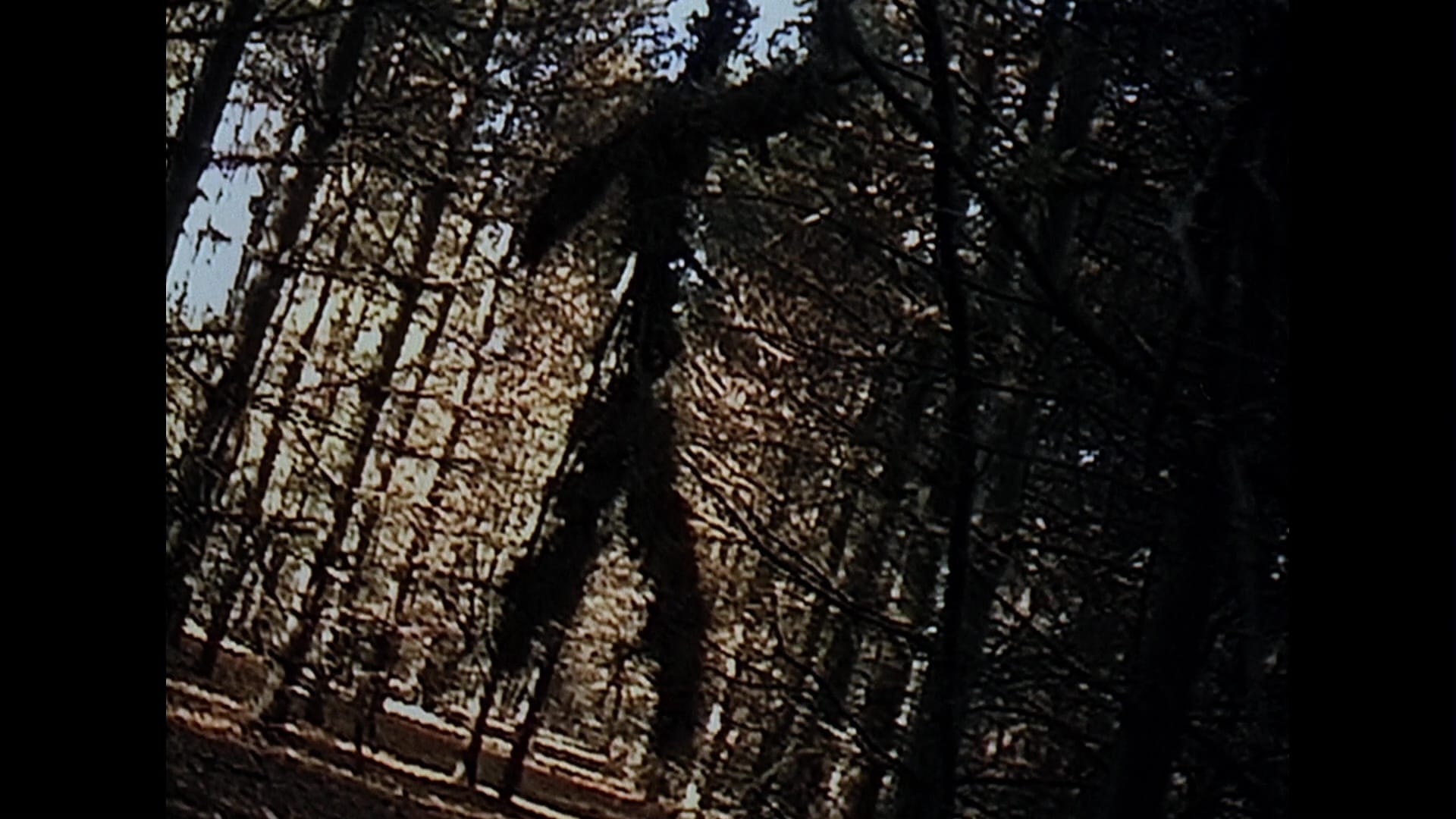
To say The Blair Witch Project proved divisive on its release in 1999 is an understatement: People went to see it en masse and then immediately decided they’d been had. Where was the witch? What happened to Josh? What did the ending mean? I was on Usenet back then, and people were furious – though a lot of them also thought it was real, of course.
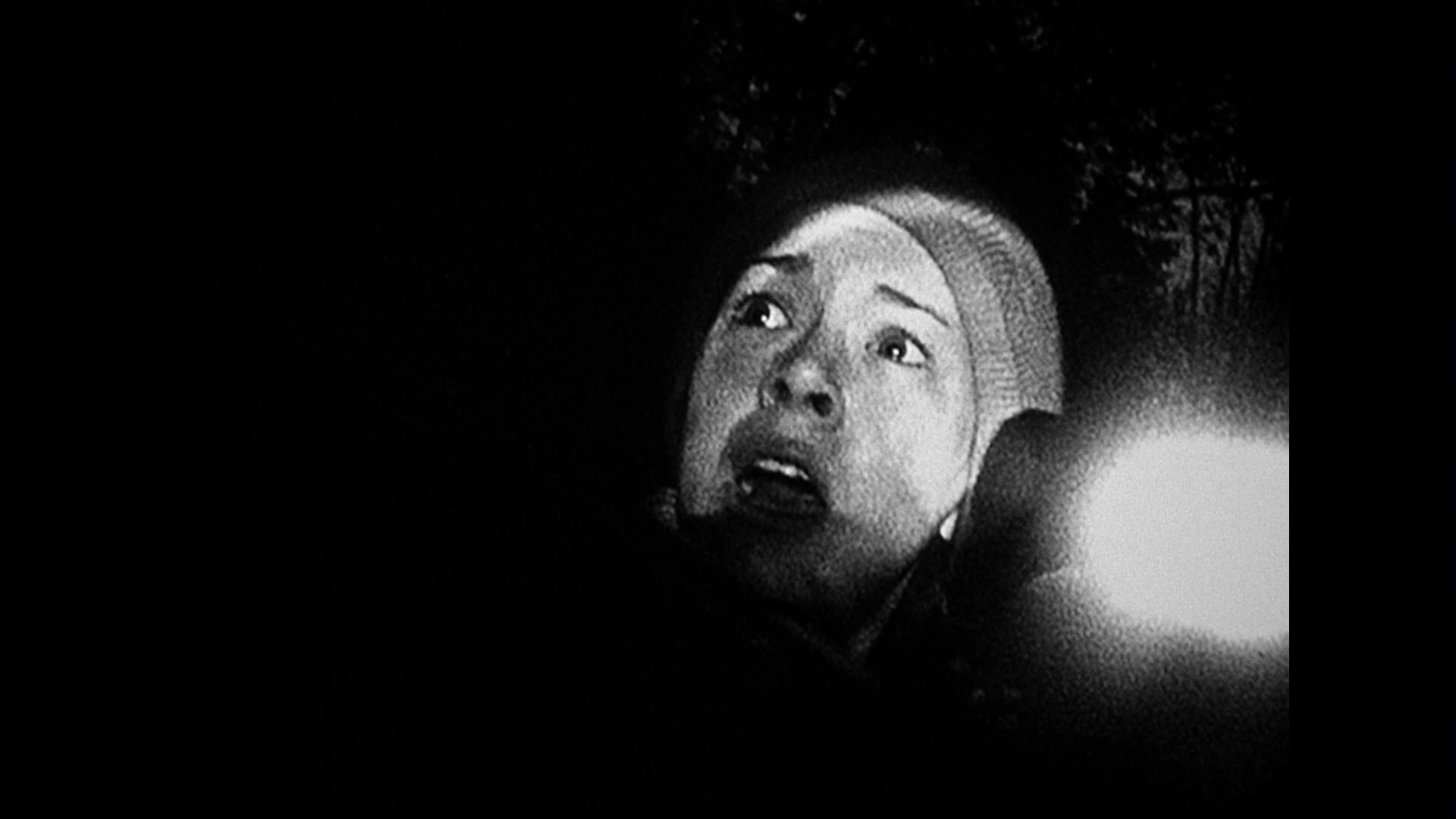
The movie’s online marketing campaign was ingenious, but it was also so clearly part of the sell that I never once took it seriously; on the other hand, The Sixth Sense opened a week later with Bruce Willis, a glossy look and a sequence that carefully explains its big twist ending; it’s a Hollywood symphony, a classier alternative to Myrick and Sánchez’ punk single. They’re both good, they just belong in different sections of the store.
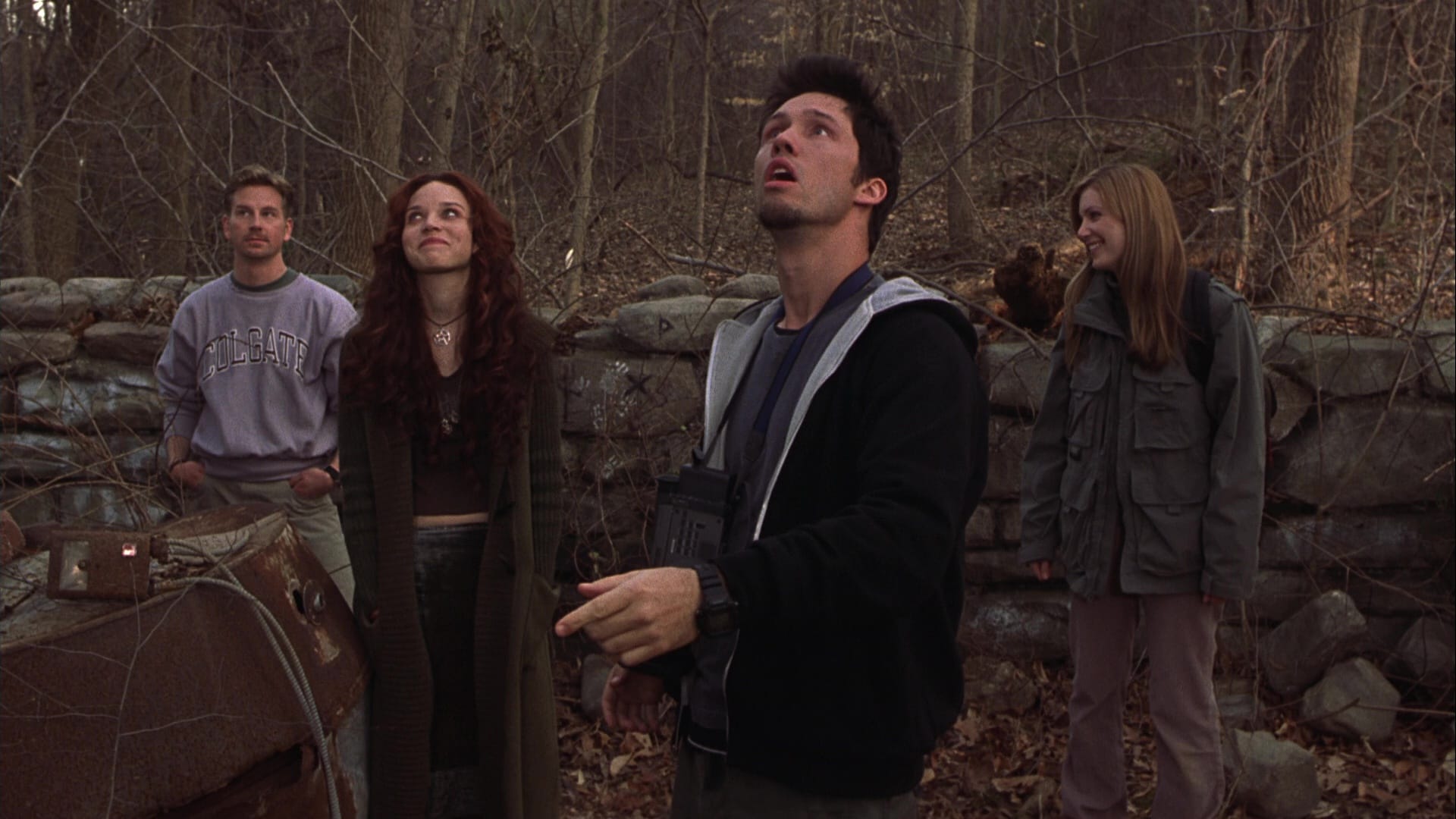
As you saw in the image above, Via Vision’s release of The Blair Witch Project also throws in the movie’s immediate sequel, Book of Shadows: Blair Witch II. Commissioned as soon as Artisan Entertainment realized they were sitting on a gold mine, it’s a more conventional horror movie directed and co-written by documentary filmmaker Joe Berlinger, whose rustic studies Brother’s Keeper and Paradise Lost: The Child Murders at Robin Hood Hills feel like they might have been an inspiration to Myrick and Sánchez, or at least their characters.
It's not great, but neither is it as bad as people said; the knives would have been out for any sequel, but Berlinger and his co-writer Dick Beebe knew better than to repeat what the first film does. Instead, Book of Shadows roots around in the mythology of Burkittsvile, imagining a world where a Blair Witch cottage industry has sprung up in Burkittsville after Heather, Mike and Josh’s footage was discovered and following a group of thrill-seeking tourists into their own disjointed nightmare.
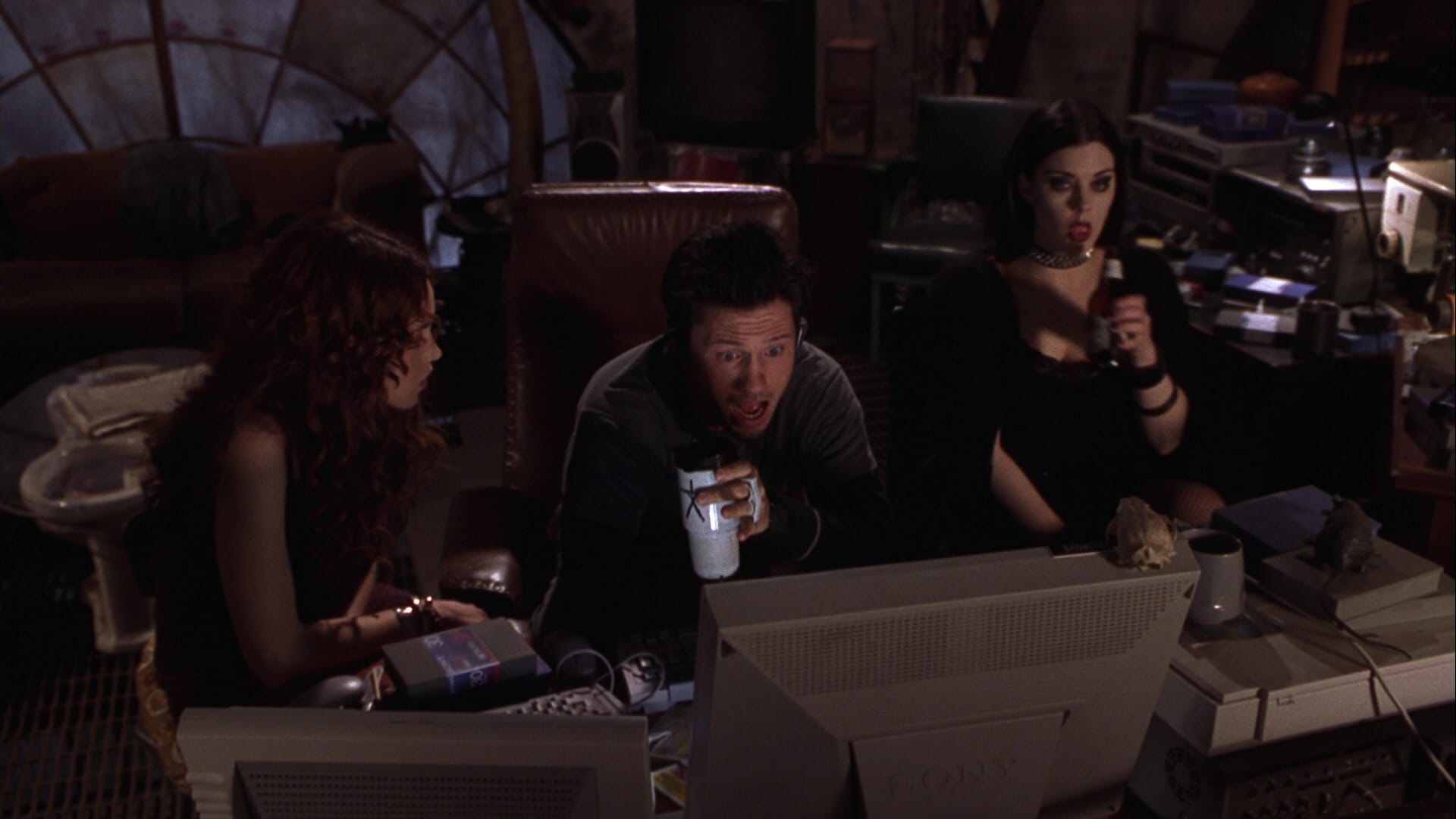
Thanks to DP Nancy Schreiber’s polished cinematography and Carter Burwell’s eerie score, the sequel looks and sounds nothing like its predecessor, but Berlinger finds a similar vibe in the story of young skeptics confronted with the uncanny.
Weirdly enough, Book of Shadows feel even more dated than the first Blair Witch Project; its Hollywood-pretty of unknowns makes it feel like another of Dimension’s Scream clones, and it really doesn’t help that the biggest name in the picture, future Burn Notice star Jeffrey Donovan, spends the whole picture looking Rob McElhenny auditioning for a gig with Hoobastank. Whatever the kids want, right?
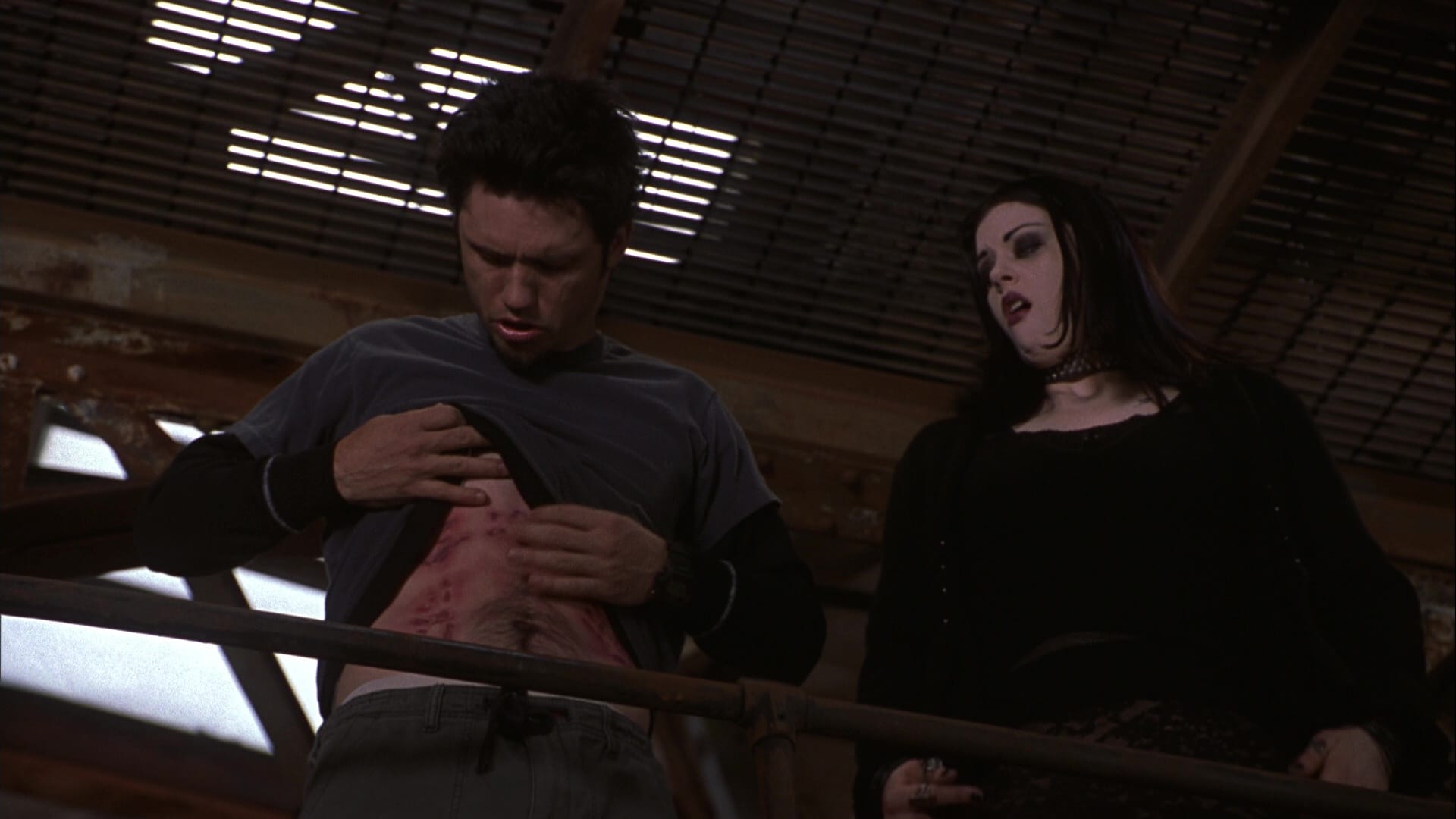
In new interviews commissioned for this release, both Berlinger and Schreiber discuss the movie they set out to make – a psychodrama about the impossibility of making a satisfying Blair Witch sequel – and how Artisan got nervous about its prospects, restructuring the film in post-production and demanding reshoots to amp up the on-screen violence. That’s the movie we got, and while you can see what Berlinger and Beebe were chasing in the released version, it doesn’t land the punch they were planning. But it’s interesting, with some good performances and a nice sense of mood, and the 1080p/24 upgrade is one that’s been long overdue.
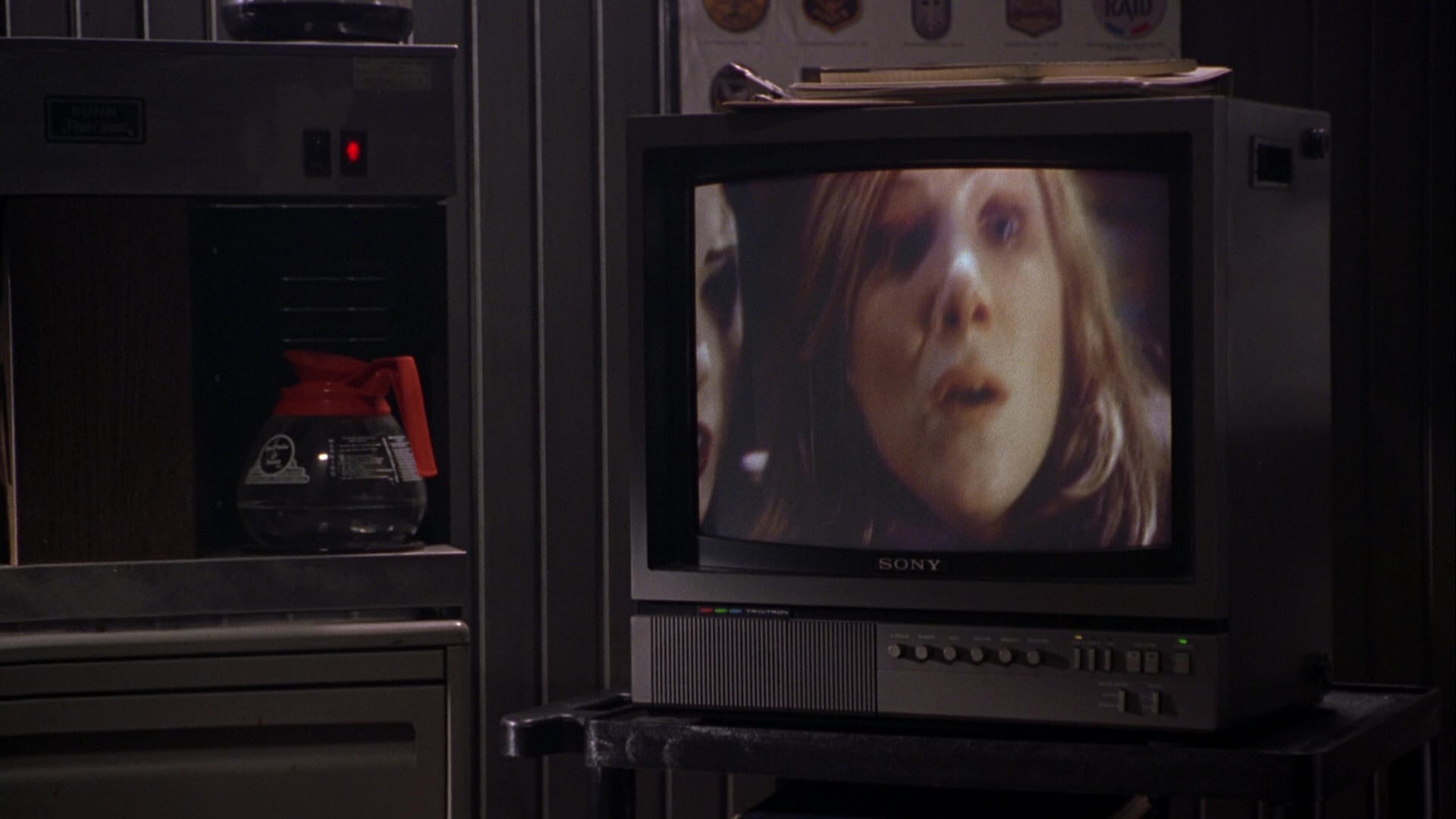
The rest of the Book of Shadows extras – Berlinger’s audio commentary, select-scene commentary from Burwell, the mythology-extending documentaries “Shadow of the Blair Witch” and “Burkittsville 7”, EPK interviews and a Godhead performance – were produced for various DVD releases. The supplemental package on the Blair Witch Project disc adds a new audio commentary by author Matt Blazi to the documentary, featurettes and directors’ commentary produced for Artisan’s original DVD.
It’s a solid package, though it’s been upstaged somewhat by the special edition released in the UK by Second Sight last fall, which went back to the original 16mm and Hi-8 materials, before they were transferred to 35mm for the theatrical release, resulting a very different presentation of the movie. (Second Sight’s release also reconstructs the festival cut, and includes the film master for good measure. I really need to pick that up someday.)
Second Sight’s disc is locked to Region B, though, so if you’re looking for an authoritative, all-region edition at The Blair Witch Project – and one that demonstrates through the inclusion of Book of Shadows just how much of a singular event the original movie was – the Imprint box is right there.
Oh, and for the record? I like Adam Wingard and Simon Barrett’s Blair Witch too. Sue me.
Suspiria and the Blair Witch box are available directly from Via Vision, and in stock at your finer brick-and-mortar video stores.
Up next: Auteurism has a good week as Criterion brings The Mother and the Whore and Jo Jo Dancer, Your Life Is Calling back to life in new 4K editions, and Arrow gives Quentin Tarantino’s Inglourious Basterds its second 4K release.
*I'd originally credited the Suspiria script to Guagadnino's other regular collaborator Justin Kuritzkes. Thanks to Bluesky's Eric J for catching the error!
